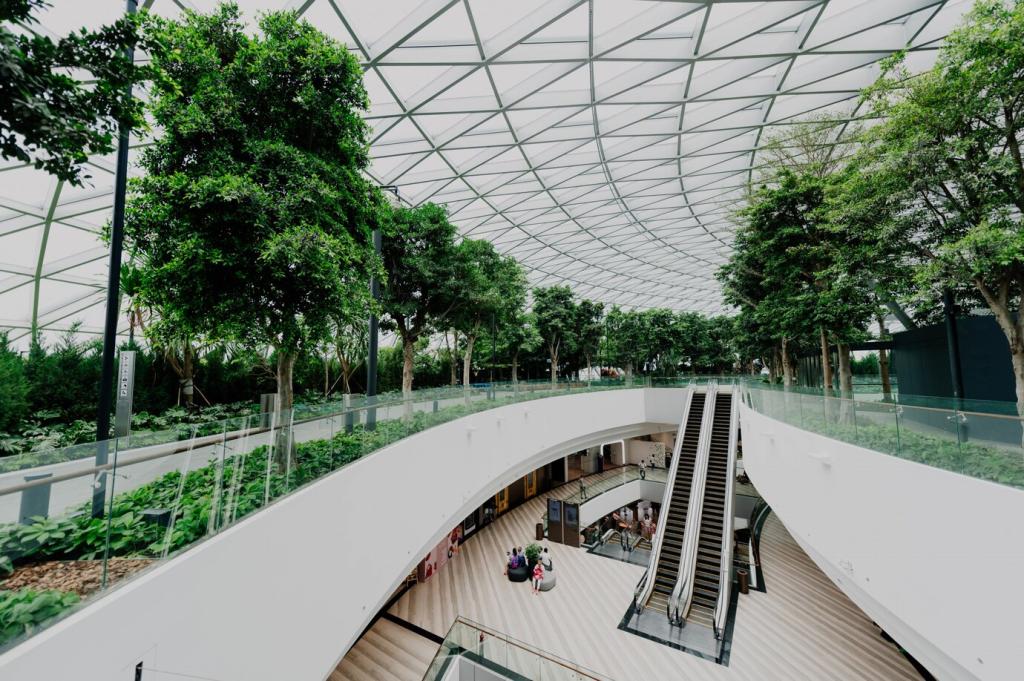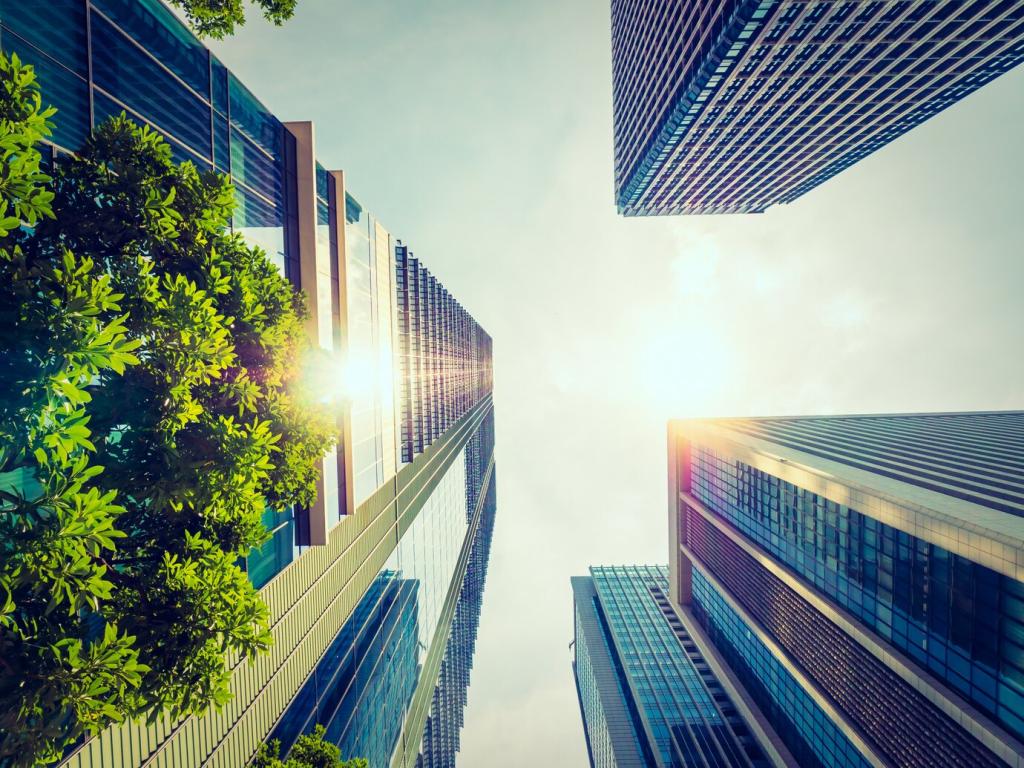Urban Planning with Renewable Energy Integration
Urban planning is experiencing a transformative shift as cities worldwide prioritize renewable energy integration. This emerging practice seeks to create more sustainable, resilient, and livable urban environments by weaving clean energy solutions into the fabric of city growth and redevelopment. Combining holistic spatial design with advanced energy strategies, urban planners are now at the forefront of climate action, shaping cities where renewable sources like solar, wind, and geothermal are the norm rather than the exception. The integration of renewables fundamentally changes how neighborhoods are designed, infrastructure is developed, and communities coexist with their environment, setting the stage for a more sustainable future.

The Importance of Renewable Energy in Urban Environments
Reducing Carbon Footprint
One of the primary motivations for renewable energy integration in urban planning is the urgent need to reduce carbon footprints. Cities consume over two-thirds of the world’s energy and generate more than 70% of global CO₂ emissions. By integrating solar panels on rooftops, developing wind farms within city limits, and encouraging district geothermal systems, planners can drastically cut emissions. This shift not only helps meet national and international climate commitments but also creates a healthier urban environment free from the smog and toxic byproducts of fossil fuels. As renewables become more accessible and affordable, cities can become powerful agents of climate action, leading the way in the global transition to a low-carbon economy.
Enhancing Urban Resilience
Urban resilience depends on the capacity to withstand disruptions, such as extreme weather events, which are becoming more frequent with climate change. Renewable energy integration supports resilience by decentralizing energy supply, enabling neighborhoods to remain powered during grid failures or natural disasters. Microgrids powered by local renewables, for instance, can supply hospitals, emergency services, and residential areas even during large-scale outages. This failsafe design reduces cities’ vulnerability to supply shocks and price volatility associated with fossil fuels. By embedding renewable energy into urban planning, cities not only adapt to the risks of the future but also empower their communities to recover more quickly from adversity.
Economic Benefits and Job Creation
Investing in renewable energy infrastructure within cities drives local economic growth and fosters job creation. The construction, maintenance, and operation of renewable installations such as solar arrays, wind turbines, and energy storage facilities create new employment opportunities for urban residents. Moreover, integrating renewable energy into urban planning can attract green businesses and innovation hubs, thereby boosting economic activity in technology, engineering, and design sectors. Reduced energy costs for residents and businesses also strengthen local economies by freeing up capital for other uses, making renewable energy a cornerstone of a vibrant, future-ready urban community.
Previous
Next
Overcoming Challenges in Renewable Energy Integration
Modernizing Urban Infrastructure
Legacy power grids and outdated urban infrastructure often present obstacles to renewable energy adoption. Many cities rely on centralized systems that are not designed to accommodate the variability and distributed generation characteristic of renewables. Modernizing infrastructure involves upgrading electrical grids for bidirectional energy flow, integrating smart meters and sensors, and enhancing storage capabilities to balance supply and demand. Urban planners must also coordinate with transportation and water systems to ensure interoperability. The investment in modern infrastructure not only supports renewable integration but also enhances overall efficiency, reliability, and capacity for future urban growth, laying the foundation for truly smart cities.

